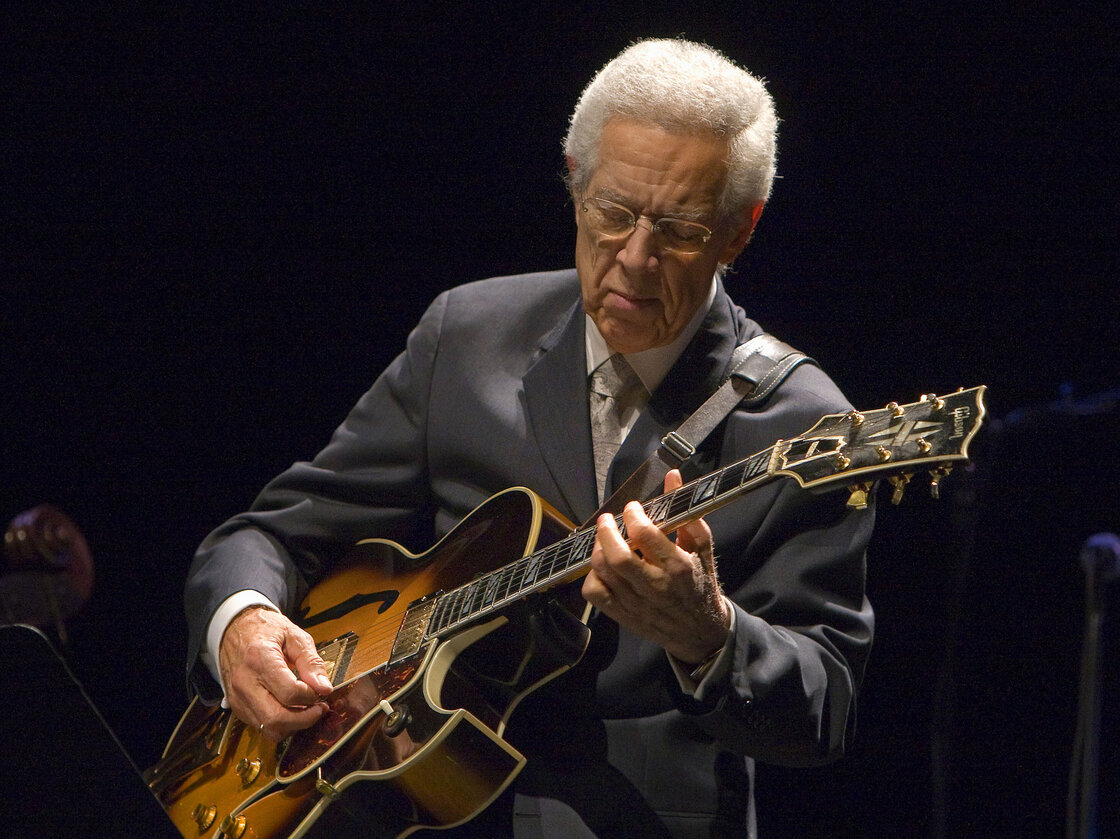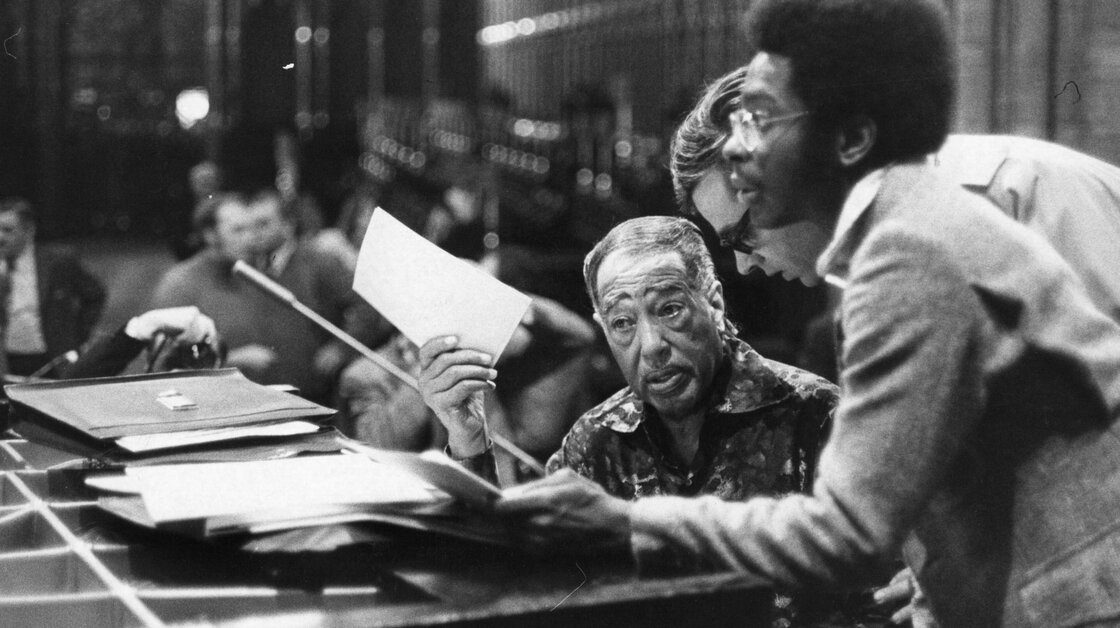In November 1814, Col. Andrew Jackson marched on Pensacola, taking the Florida city away from Britain and Spain, while the Congress of Vienna was busy drawing new boundaries after the Napoleonic Wars. And 200 years ago today, in a little 10th-century town south of Brussels, Adolphe Sax was born.
Sax learned instrument-building from his father and soon was inventing new instruments of his own, including the one that bears his name. He patented the saxophone in 1846.
Originally intended for use in military bands, the saxophone caught fire after World War I as the Jazz Age blossomed. Since then, the sax, in its variety of sizes, has found its way into music of many stripes, from rock and jazz to classical and South Indian traditional music.
To celebrate the bicentennial of this ingenious Belgian, we challenge you to identify the sax solos in these songs. Score high and feel the spirit of John Coltrane descend upon you. Blow it and beads of sweat will signal defeat.
9(MDAyOTk4OTc0MDEyNzcxNDIzMTZjM2E3Zg004))

9(MDAyOTk4OTc0MDEyNzcxNDIzMTZjM2E3Zg004))








